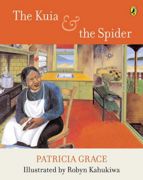
Absorbing New Zealand tale of the Kuia (a grandmother) and the spider. Ideal for reading aloud.

Absorbing New Zealand tale of the Kuia (a grandmother) and the spider. Ideal for reading aloud.

Is it a hat? Or a boat? Or a drum? Whatever it is, these two quirky creatures want it—and they DON’T want to share! Confusion, fun, and adventure ensue in this clever, sparsely worded picture book…all because of one little peanut.
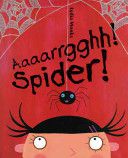
A clever spider is lonely and longs to become a family pet.
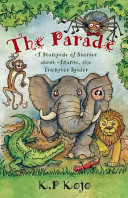
Here are seven Ananse stories from Ghana pulsating with mischievous animals, a touch of moral message and, peeping out wickedly above them all, Ananse the trickster spider. The original title story, The Parade, telling why Ananse became a trickster in the first place, is a worthy opener to six traditional stories including the favourites Ananse and the Sky God and Ananse and the Hat of Beans. For centuries, Ananse stories have been used in Ghana and the Caribbean to entertain children and teach them good behaviour – and with their vibrant sense of fun and cunning, these stories are sure to have enduring appeal.
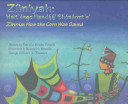
A retelling of the Indian legend which explains why the Navajo always plant a scattering of zinnia flowers among their food crops and respect every spider.
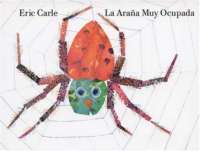
What better way to celebrate Eric Carle’s The Very Busy Spider’s 20th year in publication than to issue a Spanish-language version? This colorful, touch-and-feel story of an industrious spider is an Eric Carle classic, and now Spanish-speaking children can add it to their bookshelf of childhood’s most cherished books. It’s also a great tool for teaching beginning Spanish to children. A perfect companion to The Very Hungry Caterpillar (La Oruga Muy Hambrienta), this lovable, hard-working spider will spin her way into your heart, no matter what language you speak.
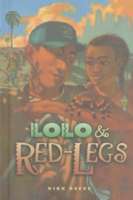
When eleven-year-old Lolo captures a tarantula, it turns an ordinary summer into a series of adventures that take him and his friends beyond their Mexican-American neighborhood in East Los Angeles.
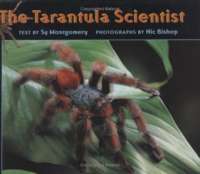
Yellow blood, silk of steel, skeletons on the outside! These amazing attributes don”t belong to comic book characters or alien life forms, but to Earth”s biggest and hairiest spiders: tarantulas. Here you are invited to follow Sam Marshall, spider scientist extraordinaire (he”s never been bitten), as he explores the dense rainforest of French Guiana, knocking on the doors of tarantula burrows, trying to get a closer look at these incredible creatures. You”ll also visit the largest comparative spider laboratory in America—where close to five hundred live tarantulas sit in towers of stacked shoeboxes and plastic containers, waiting for their turn to dazzle and astound the scientists who study them.